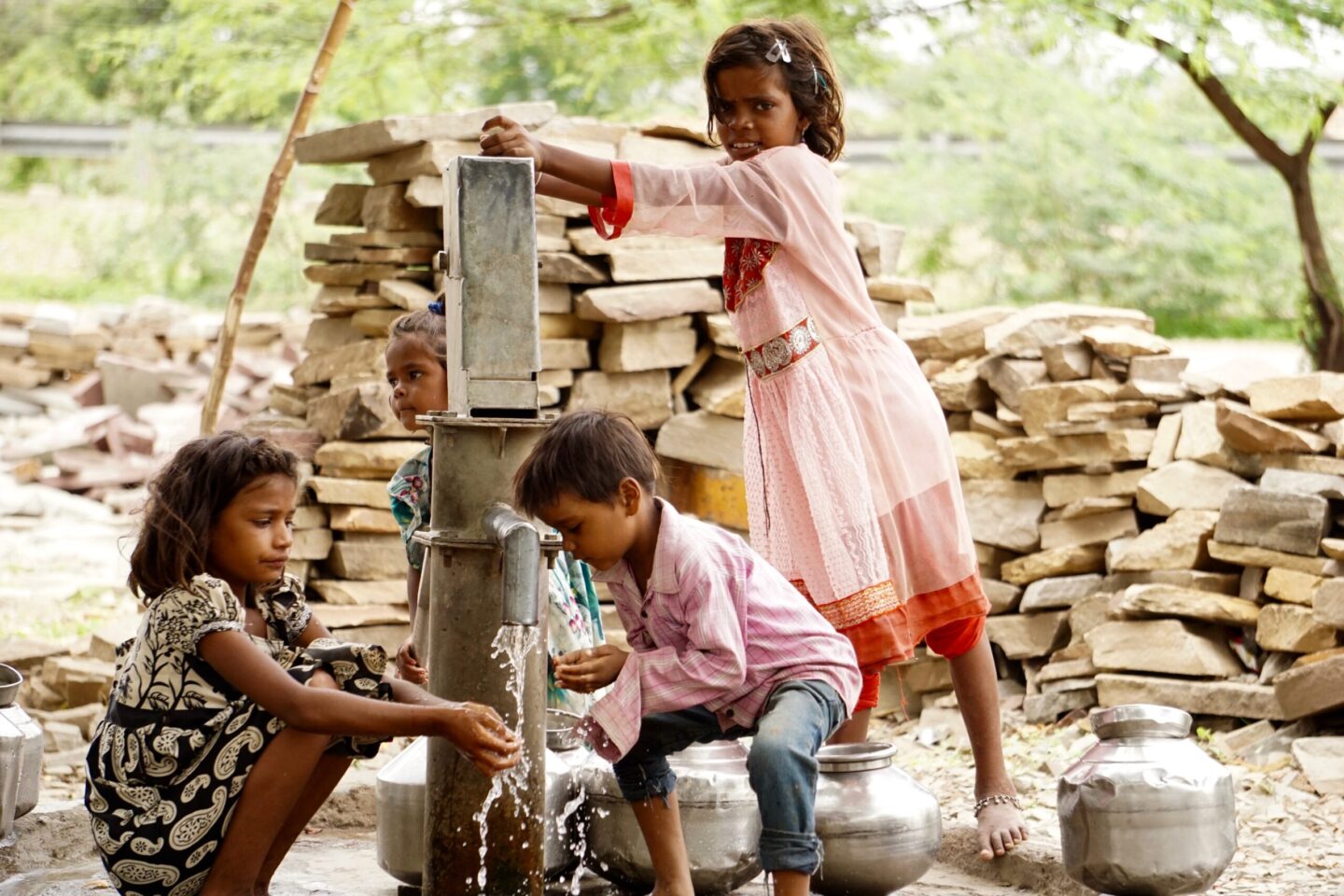By Venkat Reddy, director of the MV Foundation, partner of the ‘Work: No Child’s Business’ in India
An Indian scenario of the children from the ground during COVID-19
The lockdown in India due to COVID-19 inevitably has an impact on children. Children who live and work in their own houses with their families in urban or rural areas are to some extent protected. But for many children the risks are numerous: children who have left their homes, have been trafficked as child labourers, and are trapped in sweatshops or factories, like bangle making, embroidery, garments and textiles, production of shoes, brick kilns, and agriculture work. After the lockdown their lives have been unbelievably harsh. Employers have just abandoned children to fend for themselves.
There are examples of children walking miles to get back home with hungry stomachs and blistered feet. Some have even lost their lives in such a journey. Many children were left with no choice but to remain in their dwellings, uncared and unwanted. Girls are even more vulnerable because of the widespread gender discrimination. The increasing cases of violence against girls are a sad testimony.
Children of migrant workers, especially the youngest children under 6 years old, suffer from malnutrition because of the non-availability of food. Some migrant children work along with their parents or go to school. Their living places are almost are at the work sites, and in the context of COVID-19 it is very difficult to maintain physical distancing or have sufficient food.
The schools have been closed due to COVID-19 lockdown since the beginning April. Summer vacation has been proclaimed. Children from poor families are most vulnerable and there is a risk that most of them are not getting back to school. Their parents have no work, no wages, no income, and reserves of food are also getting used up. The government is providing for some rations and a programme of rural employment has just begun. However, this does not cover all families and there is hunger and starvation in some households.
Post COVID-19 scenario
Not much has been written about these children or has come to the public attention. Even though policy announcements have been made and steps are taken by governments at national and state level for migrant labourers, like providing community kitchens and direct cash transfers, the efforts of the government have been insignificant towards the children stuck in different parts of the country.
Without government support for the poor families and children’s education, it is quite likely that child labour increases. Even after the market revives, in agriculture and small sweatshops there will be a demand for child labour as children are a cheap source of labour. Due to gender discrimination girls are most vulnerable and chances are bigger they are going to work. The lock down and COVD-19 crisis will not only force children who were working before again into the labour market, but many more children will join. Unless children and their rights are protected.

